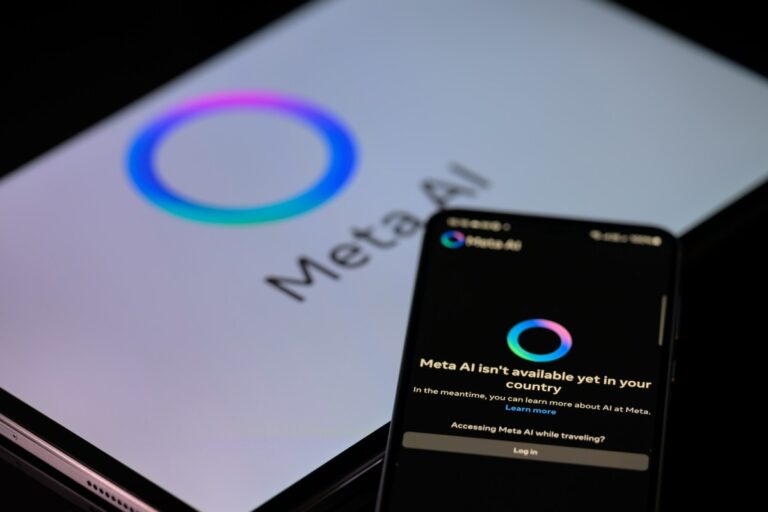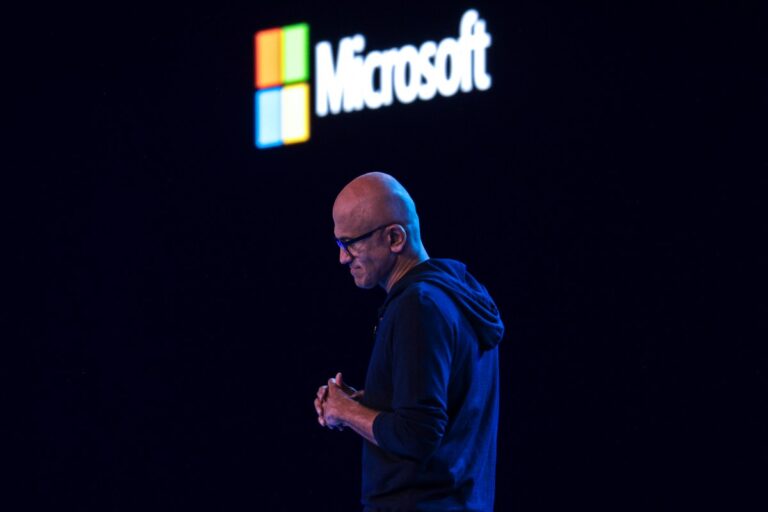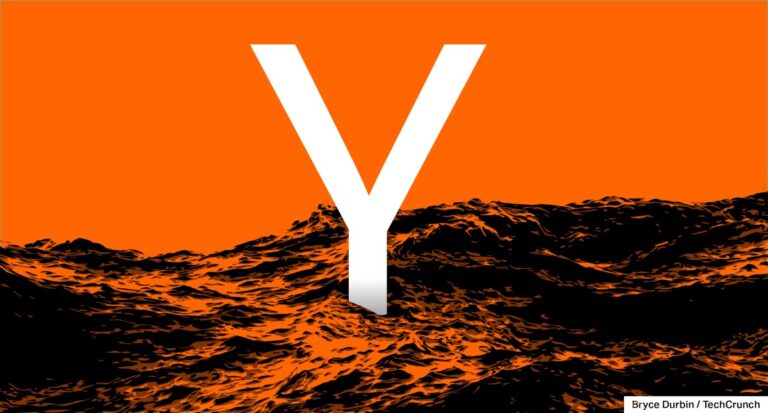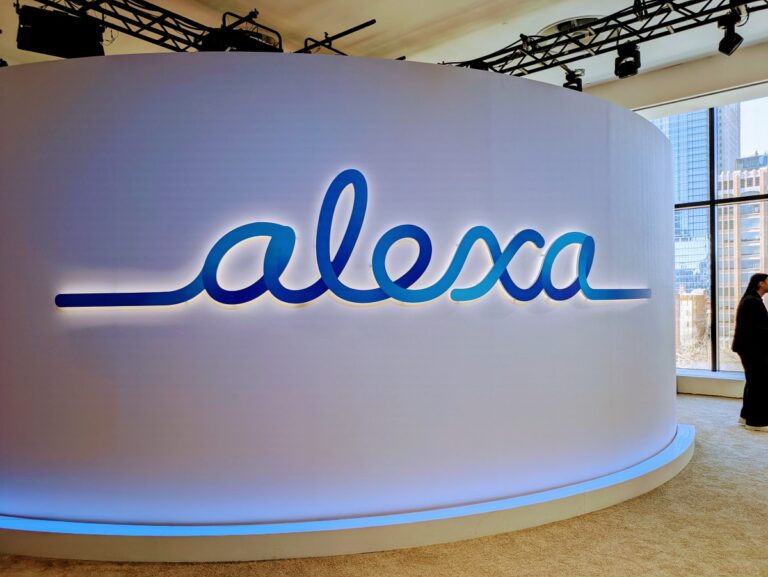OpenAI Unveils Powerful AI Reasoning Models: Introducing o3 and o4-mini
OpenAI has made a significant advancement in artificial intelligence with the introduction of its newest AI reasoning models, o3 and o4-mini. These models are designed to enhance the way AI interacts by pausing to consider questions thoroughly before delivering responses, making them a game-changer in the AI landscape.
Introducing OpenAI’s Advanced AI Reasoning Models
On Wednesday, OpenAI officially launched o3 and o4-mini, two innovative AI reasoning models aimed at outperforming previous versions in several key areas. These models excel in:
- Math and Coding
- Reasoning and Science
- Visual Understanding
OpenAI claims that o3 is its most sophisticated model to date, while o4-mini offers a valuable balance of cost, speed, and performance—critical factors for developers selecting AI models for their applications.
Enhanced Functionality with New Tools
Unlike earlier models, o3 and o4-mini can leverage various tools within ChatGPT, including:
- Web Browsing
- Python Code Execution
- Image Processing and Generation
As of today, these models, along with a special variant called o4-mini-high, are available to subscribers of OpenAI’s Pro, Plus, and Team plans.
Competing in the AI Landscape
The release of these models comes as OpenAI aims to maintain its competitive edge against tech giants such as Google, Meta, xAI, Anthropic, and DeepSeek. Although OpenAI was a pioneer with its first reasoning model, o1, rapid advancements by competitors have intensified the AI race.
Performance Metrics of o3 and o4-mini
OpenAI reports that o3 has achieved a remarkable 69.1% on the SWE-bench, a benchmark for coding abilities. The o4-mini model closely follows with a score of 68.1%. For comparison, the earlier o3-mini scored 49.3%, while competitor model Claude 3.7 Sonnet achieved 62.3%.
Innovative Image Processing Capabilities
One of the standout features of o3 and o4-mini is their ability to “think with images.” Users can upload images like sketches or diagrams, and the models will analyze these during their reasoning process, enabling them to:
- Understand low-quality images
- Zoom and rotate images
This capability significantly enhances the models’ functionality and accuracy in various applications.
Execution and Cost for Developers
In addition to their use in ChatGPT, all three models—o3, o4-mini, and o4-mini-high—will be accessible via OpenAI’s Chat Completions API and Responses API, allowing developers to integrate these models into their applications at competitive rates.
OpenAI has set a price of $10 per million input tokens for o3, and significantly lower prices for o4-mini, at $1.10 per million input tokens.
Future Developments: What to Expect
In the upcoming weeks, OpenAI plans to launch o3-pro, a more resource-intensive version of o3 exclusive to ChatGPT Pro subscribers. CEO Sam Altman has hinted that these could be the last stand-alone reasoning models before the anticipated release of GPT-5, promising a unification of traditional and reasoning models.
Stay tuned for more updates as OpenAI continues to evolve its technology in the ever-competitive AI landscape.







